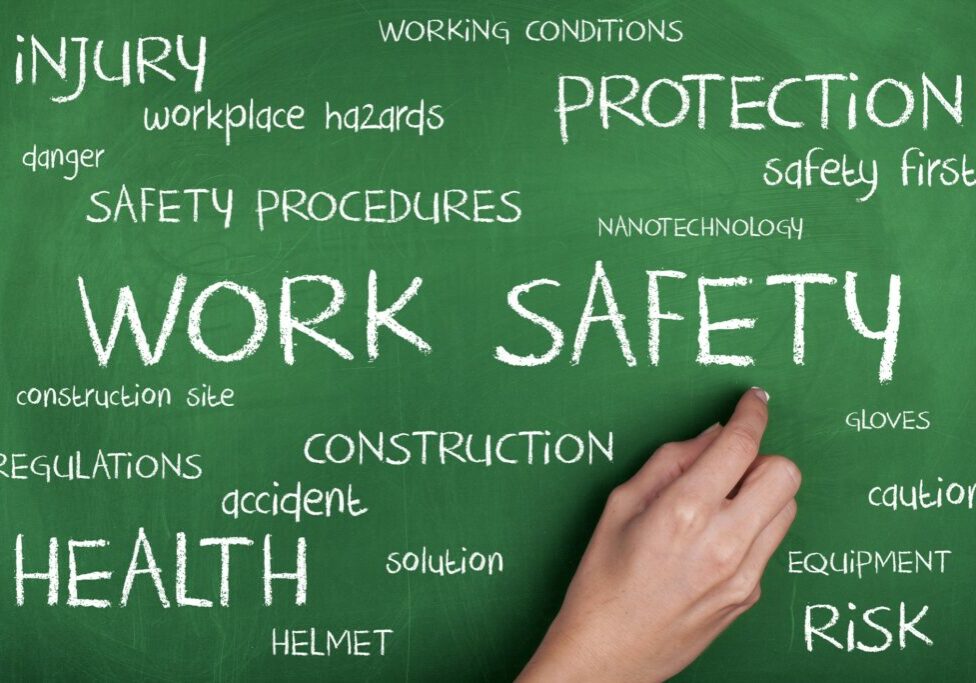Published in the February 2017 NJEA Review
By Adrienne Markowitz and Eileen Senn
Records of staff injured or made ill by their jobs are an important resource for local associations and their health and safety committees. Such documentation enables local associations to research the extent and nature of work-related injuries and illnesses occurring in a school. These records may point to hazardous areas of the school or to individual staff members who may need medical help or have a potential workers’ compensation claim.
To accomplish this, local associations should work with their UniServ field representatives to insist that districts implement an injury and illness prevention program using the Public Employees Occupational Safety and Health (PEOSH) guidelines listed in “For more information” on the next page.
In particular, locals should:
- Ensure the district has formulated and informed employees of the procedure to report an injury, illness or hazard to district administration.
- Respond to any retaliation for such reporting.
- Examine injury and illness records several times a year for accuracy and completeness.
- Follow up with the district if errors or omissions are noted.
- Follow up with injured or ill members to provide support and assist with compensation.
- Use the data to organize for the district to create accident prevention policies and procedures.
- Ensure a summary of the past year’s records is posted from Feb. 1 to April 30.
The PEOSH program requires school districts to keep records on three specific forms: Log 300, Form 301 and Form 300A. Local associations and current and former employees have access to all three under the PEOSH recordkeeping standard, 1904.35(b)(2).
Log 300: Occupational Injuries and Illnesses
This log includes the employee’s name, job title, date of injury or illness, where the event occurred, a description and classification of the injury or illness, and classification as to days away from work, restricted work, or transfer to another job.
Districts must record work-related injury and illness cases within seven calendar days if they result in death, days away from work, restricted work or transfer to another job, medical treatment beyond first aid, or loss of consciousness. These records must be kept for five years.
Access to the report must be provided by the end of the next business day after a request. The log must include employee names except for privacy concern cases, such as those involving HIV infection, hepatitis, tuberculosis, sexual assault, the reproductive system, intimate body parts or mental illness.
Form 301: Injury and Illness Incident Report
This report—or an equivalent workers’ compensation or insurance form—provides details about the incident. Information about the employee includes name, address, date of birth, date of hire, gender, name of health care provider, and name, address, and nature of the treatment facility. Information about the case includes date of injury or illness, time employee began work, time of event, what the employee was doing just before the incident occurred, what happened, the nature of the injury or illness, and what object or substance harmed the employee.
Access to the complete report for a specific employee or former employee must be provided by the end of the next business day after the request is made by that employee or former employee, or his or her personal representative (any person the employee or former employee designates in writing, including the union). Local association representatives receive only the “Information about the case” section of the report within seven working days after the request unless they are designated as personal representatives.
Form 300A: Summary of Work-Related Injuries and Illnesses
From Feb. 1 to April 30 each year, districts must post a certified copy in each school of the summary for the previous year. This summary shows totals for the year for number of days, cases, and injury and illness types. It does not include employee names. The local association should ensure the summary is accurate and is posted in a conspicuous place or where notices to employees are customarily posted. The summary must be posted for three months and must not be altered, defaced, or covered by other material. The summary serves as a reminder to staff and administration that work-related injuries and illnesses are a reality.
Request records
When asking for records, the local association should create a paper trail by putting the request in writing and keeping a copy. Always include the specific information requested and the date by which it should be provided. Sample letters from the local association to the district requesting PEOSH injury and illness records are in the NJEA Health and Safety Manual. See “For more information.”
Adrienne Markowitz holds a Master of Science degree in Industrial Hygiene from Hunter College, City University of New York. Eileen Senn holds a Master of Science degree in Occupational Health from Temple University in Philadelphia. They are consultants with the New Jersey Work Environment Council, which is a frequent partner with NJEA on school health and safety concerns.
Hotline for fatalities and serious injuries
Employers must report all work-related fatalities to PEOSH within eight hours. They must report all work-related in-patient hospitalizations, amputations, and loss of an eye to PEOSH with 24 hours. An oral report must be made to the 24-hour PEOSH hotline at 800-624-1644.
